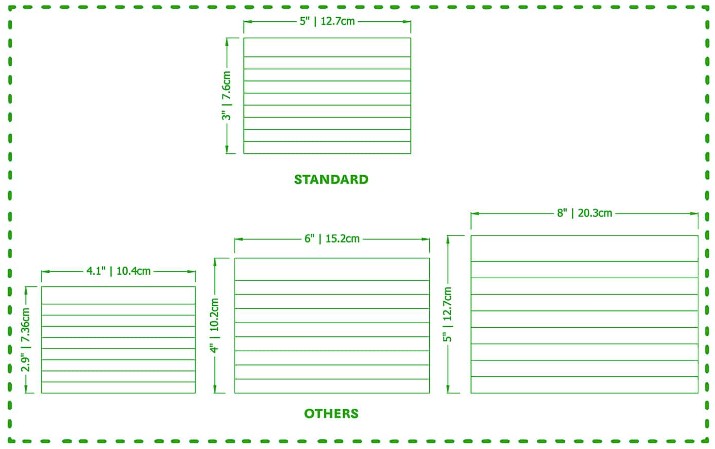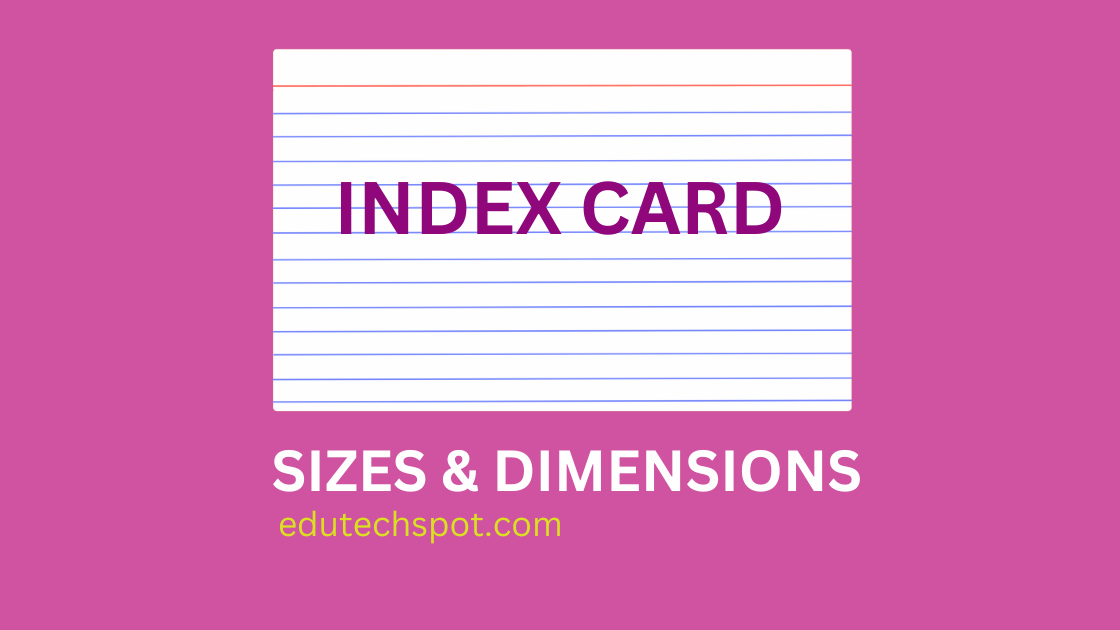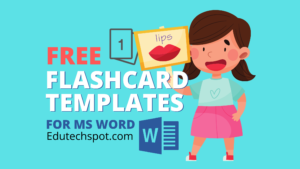Index Card Sizes. Index cards are a versatile tool that can be used for everything from studying and organizing information to creating flashcards and crafting. One of the first decisions you’ll need to make when using index cards is choosing the size that best meets your needs. In this blog post, we’ll take a look at the different index card sizes available and how to choose the one that’s right for you.
More: Free Flash Card Template for Word , Index Card Template Google Docs , Google Docs Business Card Template , 4×6 Index Card Template for Microsoft Word: The Ultimate Guide , How to Make Business Cards on Microsoft Word: A Step-by-Step Guide
Index Card Sizes: A Quick Overview
Index cards come in a variety of sizes, each with its own unique set of benefits and uses. Here’s a quick overview of the most common index card sizes:
| Size | Dimensions (in inches) |
|---|---|
| 3×5 | 3″ x 5″ |
| 4×6 | 4″ x 6″ |
| 5×8 | 5″ x 8″ |
| 6×9 | 6″ x 9″ |
Choosing the Right Size for Your Needs
So, how do you choose the right size index card for your needs? Here are a few factors to consider:

Purpose
First, think about the purpose of your index cards. Will you be using them to study and organize information, create flashcards, or for another purpose? Different sizes of index cards may be better suited for different tasks. For example, smaller index cards (such as 3×5 or 4×6) are great for creating flashcards, while larger index cards (such as 5×8 or 6×9) may be better for organizing information or taking notes.
Portability
Another factor to consider is portability. If you’ll be taking your index cards with you on the go, you’ll want to choose a size that’s easy to carry. Smaller index cards are more portable and can easily be slipped into a purse, backpack, or pocket. Larger index cards, on the other hand, may be more cumbersome to carry around.
Writing Space
Finally, consider the amount of writing space you’ll need. If you need a lot of room to write or draw, larger index cards may be the better choice. However, if you only need a small amount of space, smaller index cards may be more practical.
Wrapping Up
Index cards are a versatile tool that can be used for a variety of purposes, from studying and organizing information to creating flashcards and crafting. When choosing the right size index card for your needs, consider the purpose of the cards, their portability, and the amount of writing space you’ll need. By taking these factors into consideration, you can choose the index card size that’s right for you.
Here are a few specific use cases for different index card sizes:
3×5 Index Cards
- Flashcards: 3×5 index cards are the perfect size for creating flashcards. They’re small enough to hold just a few key facts, but large enough to write a decent amount of information.
- Study aids: These index cards are also great for studying and organizing information. You can use them to write out key concepts or terms and quiz yourself on the material.
- Craft projects: 3×5 index cards are small enough to be used in a variety of craft projects, such as making mini scrapbooks or creating a custom deck of playing cards.
4×6 Index Cards
- Study aids: Like 3×5 index cards, 4×6 index cards are a great size for studying and organizing information. They offer a bit more writing space than 3×5 cards, making them ideal for longer notes or more complex concepts.
- Recipe cards: 4×6 index cards are a classic size for recipe cards. They’re the perfect size to hold all the information you need for a single recipe, and they’re easy to store in a recipe box or binder.
- Project planning: These index cards are also a great size for project planning. You can use them to write out to-do lists or make notes about your project.
5×8 Index Cards
- Study aids: 5×8 index cards offer even more writing space than 4×6 cards, making them a great choice for organizing and studying longer notes or more complex information.
- Note taking: These index cards are also a great size for taking notes in meetings or lectures. They offer plenty of space to write, but are still portable enough to take with you wherever you go.
- Menu planning: 5×8 index cards are a great size for menu planning. You can use them to write out meal ideas or make a grocery list.
6×9 Index Cards
- Study aids: 6×9 index cards offer the most writing space of all the index card sizes. They’re ideal for organizing and studying longer notes or very complex information.
- Presentation aids: These index cards are also a great size for creating presentation aids or visual aids. They offer plenty of space for writing and drawing, and can be easily displayed on a easel or other presentation board.
- Recipe cards: Like 4×6 index cards, 6×9 index cards are also a good size for recipe cards. They offer even more space for writing out recipe instructions and ingredient lists.
Here’s a summary of the use cases for different index card sizes:
| Size | Use Cases |
|---|---|
| 3×5 | Flashcards, study aids, craft projects |
| 4×6 | Study aids, recipe cards, project planning |
| 5×8 | Study aids, note taking, menu planning |
| 6×9 | Study aids, presentation aids, recipe cards (more space than 4×6 cards) |
Keep in mind that these are just a few examples of the many ways index cards can be used. Index cards are a versatile tool, and the size you choose will depend on your specific needs and preferences. So if you ask how big is an index card? it depends on your need, but an index card is typically 3 inches by 5 inches in size, making it compact yet useful for organizing information. There are various sizes of index card, but the standard size for an index card is 3 inches by 5 inches.






